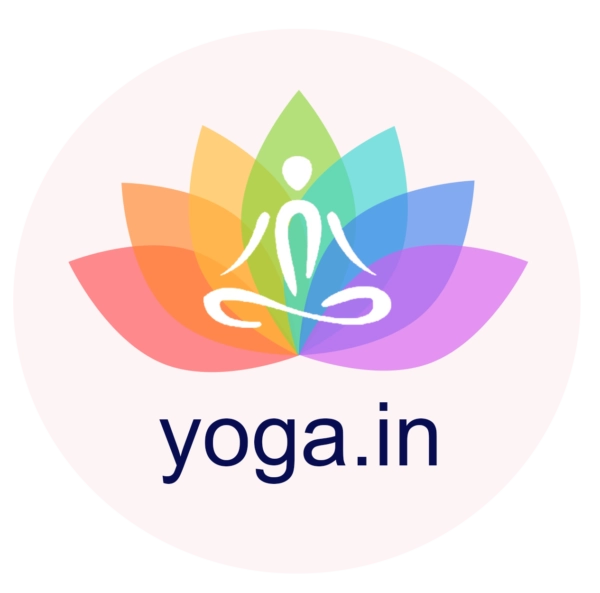Pranayama: Harnessing the Power of Breath for Holistic Well-being
Pranayama is a term derived from Sanskrit, where “prana” means life force or vital energy, and “yama” refers to control or regulation. Pranayama is a fundamental aspect of yoga that focuses on the regulation and control of breath.
The practices of pranayama were put forward with the deep understanding that there is an unbreakable bond between the life force, emotions, and one’s breath. Therefore, by regulating one’s breath, it is possible to modulate emotional states and enhance one’s life force.
It involves various breathing techniques designed to influence the flow of prana throughout the body, harmonizing mind, body, and spirit.
Pranayama helps soothe the nervous system, reduces stress and anxiety, and promotes relaxation. Deep breathing techniques activate the parasympathetic nervous system, inducing a state of calmness and tranquillity.
Pranayama enhances lung capacity and strengthens the respiratory system. It facilitates deeper, conscious breathing, which is beneficial for those with respiratory conditions such as asthma or chronic obstructive pulmonary disease (COPD).
Pranayama has a profound impact on mental faculties. It increases oxygen supply to the brain, improving concentration, focus, and memory. Regular practice can help alleviate brain fog and promote mental clarity.
The practice of pranayama revitalizes the body by optimizing the flow of prana. It helps remove energy blockages, restores vitality, and enhances overall energy levels.
Deep breathing techniques in pranayama facilitate efficient oxygenation and expulsion of toxins. It supports the body’s natural detoxification processes, promoting overall health and well-being.
Pranayama techniques work on the subtle energy channels in the body, creating equilibrium and balance. It helps regulate emotions, fostering a greater sense of emotional stability and reducing mood swings.
Pranayama is considered an essential practice for spiritual seekers. It aids in awakening dormant energy centres (chakras) and facilitates the movement of prana through these channels, leading to spiritual transformation and expanded consciousness.
Types of Pranayama
There are several types of pranayama, each with its distinct technique and purpose. Here are a few commonly practised pranayama techniques:
Anulom Vilom (Alternate Nostril Breathing)
This technique involves alternately inhaling and exhaling through the left and right nostrils, using the fingers to close one nostril at a time. It balances the flow of energy in the body, calms the mind, and promotes overall well-being.
Bhastrika Pranayama (Bellows Breath)
It is a powerful pranayama technique that involves forceful and rapid deep inhalations and exhalations. This dynamic breathing exercise helps energize the body, increasing oxygen intake and generating internal heat.
Bhramari Pranayama (Bee Breath)
Bhramari involves inhaling deeply and exhaling while producing a humming sound, similar to the buzzing of a bee. It is a calming practice that helps reduce anxiety, soothes the nervous system, and encourages deep relaxation.
Chandra Bhedana Pranayama (Left Nostril Breathing)
Chandra Bhedana involves inhaling through the left nostril and exhaling through the right nostril. It is believed to activate the lunar energy, promoting relaxation, calming the mind, and aiding in sleep.
Kapalabhati (Skull Shining Breath)
Kapalabhati consists of forceful exhalations through the nose, while inhalation is more passive. It energizes the body, clears the mind, and helps in detoxification. It is particularly beneficial for respiratory health and strengthening the abdominal muscles.
Nadi Shodhana Pranayama (Alternate Nostril Breathing)
Nadi Shodhana involves using the thumb and ring finger to alternately close one nostril while inhaling and exhaling through the other. It balances the flow of energy in the body, purifies the nadis (energy channels), and helps harmonize the mind and body.
Sheetali Pranayama (Cooling Breath)
Sheetali involves drawing in air through a rolled tongue or making a “straw-shaped” mouth. This practice helps cool the body, reduce stress, and regulate body temperature. It is particularly beneficial during hot weather or for individuals experiencing excess heat in the body.
Sheetkari Pranayama (Hissing Breath)
Sheetkari involves inhaling through the clenched teeth and exhaling through the nose. It cools the body, refreshes the mind, and encourages a state of tranquillity. It is similar to Sheetali Pranayama but is practiced without rolling the tongue.
Surya Bhedana Pranayama (Right Nostril Breathing)
Surya Bhedana involves inhaling through the right nostril and exhaling through the left nostril. It is believed to activate solar energy and increase vital energy. It is considered energizing and is often practiced in the morning.
Ujjayi Pranayama (Victorious Breath)
Ujjayi involves a gentle constriction of the throat during both inhalation and exhalation, creating a subtle hissing or oceanic sound. It promotes deep breathing, improves concentration, and generates internal heat, making it commonly used in dynamic yoga practices.
- Patanjali’s Prayer Invocation
- What is Yoga
- History of Yoga
- Philosophy
- The 8 Limbs of Yoga
- Three Margas(Paths) of Yoga
- Asanas
- Prayanama
- Meditation
- Significance of Mudras
- Seven Chakras: An Ancient Guide to Modern Living
- Evolution & Lineages
- Yoga Masters
- Guru – Shishya Relationship
- Patanjali’s Yoga Sutras
- The Shrimad Bhagavad Gita
